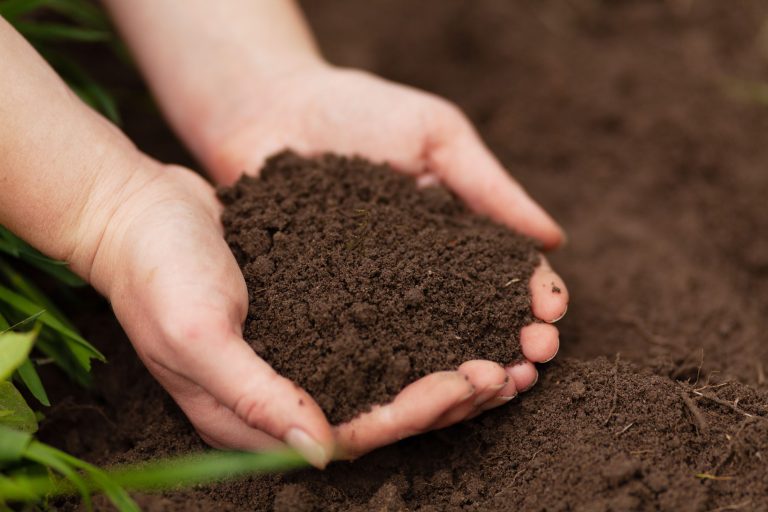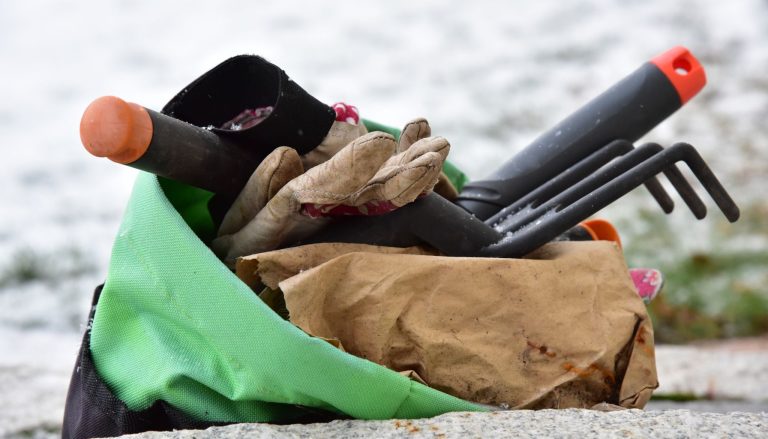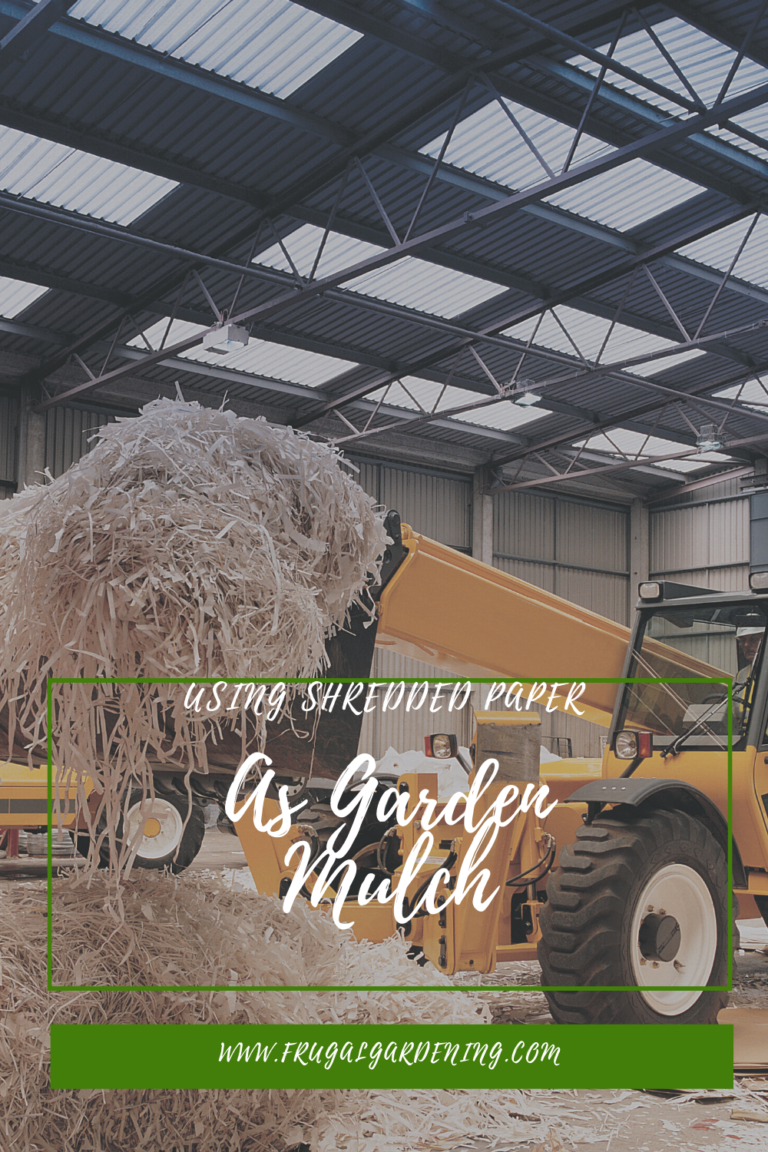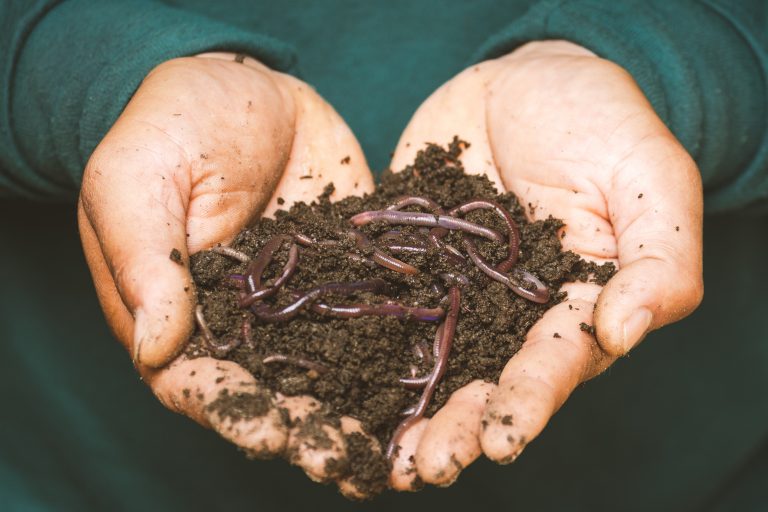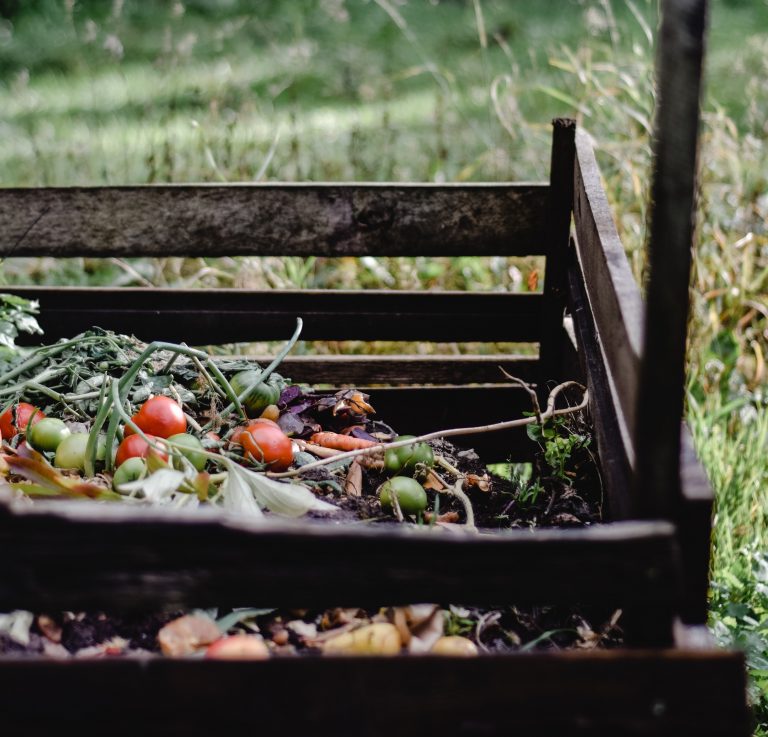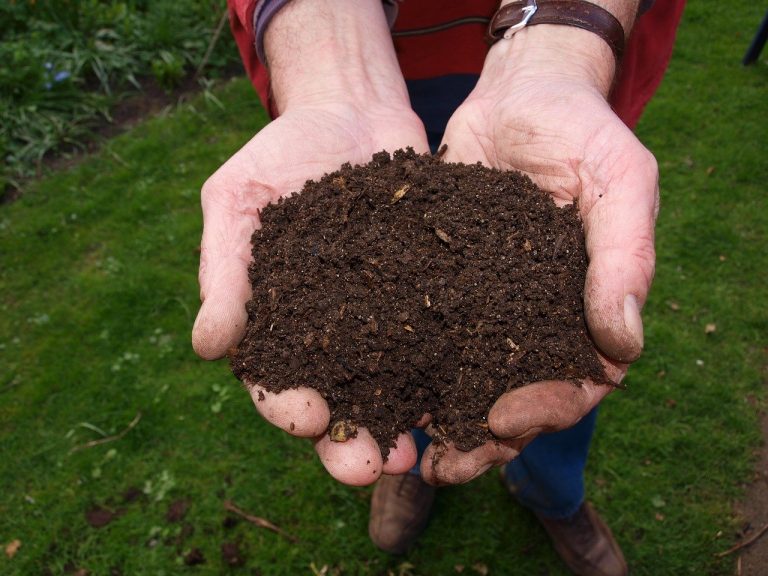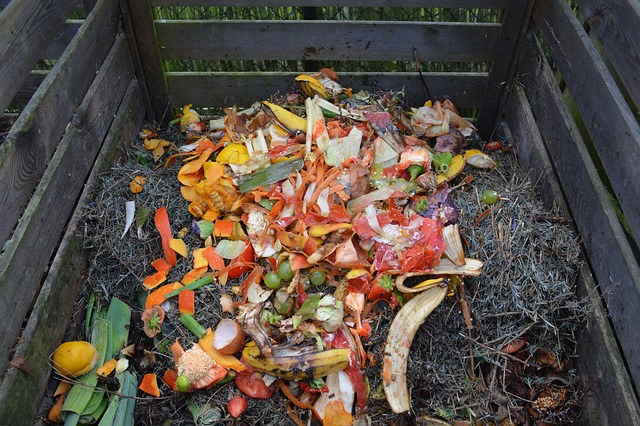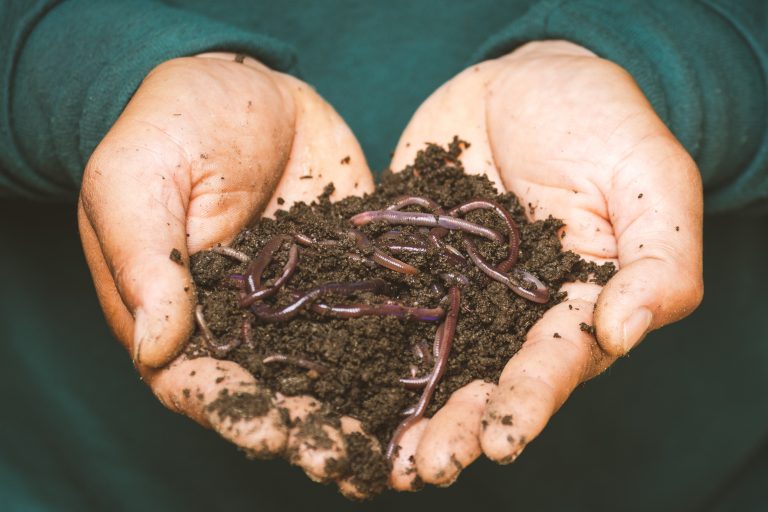A thriving garden starts with good soil, and the best way to keep it healthy is with homemade organic fertilizers. Store-bought ones can be expensive and full of chemicals, but the good news is that nature already has everything you need. Whether you’re growing veggies, flowers, or houseplants, these DIY fertilizers will give your plants…
composting
How to Build a Compost Bin Outdoors in 5 Simple Steps
If you want to cut down on waste while making nutrient-packed soil for your garden, why not consider composting? You don’t need to be a pro to make a good composting station. With a DIY compost bin outdoor, you can easily transform kitchen scraps and yard waste into something useful. Here are five simple steps…
Use These 8 Winter Composting Tips for Gardeners
When winter arrives, gardeners often wonder if composting can continue despite the cold weather. The answer is a resounding yes! With a few adjustments, winter composting can be just as effective as in warmer months. Whether you’re a seasoned gardener or new to composting, these eight tips will help you keep your compost pile thriving…
Using Shredded Paper As Garden Mulch
Should you use shredded paper as garden mulch? Normally, I spend my time telling you that the advice you’ve heard countless times is bogus. But using shredded paper in your garden is actually a great idea. What is mulch? Mulch is a substance added to the garden that helps soil retain moisture and stay cool….
4 Cost-Effective Organic Garden Fertilizers
Regardless of what you’re growing, your plants need nutrients. Without fertilizer, your plants will fail to thrive and grow big and strong. In the case of edibles, a lack of nutrients can limit your crop and lead to poor production. Unfortunately, many fertilizers on the market are expensive. Thankfully there are cost-effective organic fertilizers…
10 Household Items That Can Be Composted (and 5 That Can’t)
Composting household items is the most efficient way to create nutrient gold for your garden. If you can use up what you have on hand, you can save money and reduce the amount of waste you create. So what can you toss into the compost bin? Here are ten household items you can compost….
DIY Compost Using a 5 Gallon Bucket
Compost is an essential medium for any gardener. It enriches the soil, provides nutrients to plants, and helps improve soil composition. It’s also easy to make compost using simple items you probably have lying around your home. Here’s how to make a 5-gallon bucket compost bin to get yourself some free compost. Tools I…
Are Compost Bins Worth the Money?
Compost is an excellent amendment for your garden, and making your own is reasonably straightforward and cheap. Is it worth investing in a bin, though? Are compost bins worth the money? Let’s take a look at the cost of a traditional compost bin and the benefits of buying a pre-built container. Cost of a compost…
How to Get Free Worms for Your Garden
Composting is an economical way to recycle household waste like kitchen scraps and yard refuse (dead leaves, grass clippings, etc.). It requires minimal effort, and in return, you get free fertilizer for your garden! Using your homemade compost in place of commercial fertilizers is not only cheap, but it’s also better for your garden. Compost…
